While many look negatively at China and their cause and effect of COVID-19, there is much we can learn from their actions, insights and use of both Eastern and Western medicine.
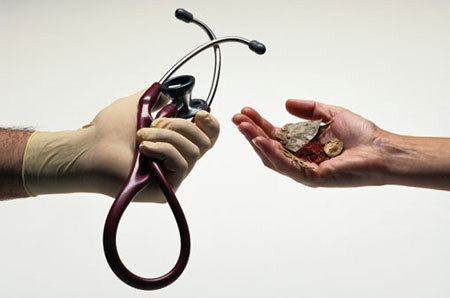
One of my teachers, John Chen PhD, OMD, is a pharmacist and fifth-generation Chinese medicine doctor who graduated from USC. He explained that China has been dealing with large-scale viral epidemics for over 2,000 years with as many as 320 documented. During this current pandemic, he is speaking directly with doctors in Wuhan (the epicenter) and Hei Bu provinces about how they are integrating traditional Chinese medicine (TCM) with Western medicine.
China’s initial strategy. Dr. Chen shared that when Wuhan was in lockdown starting on January 29, the Chinese equivalent of our FDA, the Pharmacopoeia of the People’s Republic of China (PPRC), announced a “major strategy,” stating all people with or without COVID-19 were to take Chinese herb decoctions (liquid) or granule form before midnight on February 23. In a city of 60,000, diagnosis of all was challenging; so, the government paid for pharmacies in each province to make their own herbal decoctions and deliver them door to door. Designated medical institutions were to ensure all infected patients complied and that others took the preventive formula.
The Chinese government also implemented draconian measures by taking everyone’s body temperature (again, going door to door) then confirming cases with CT scans, nucleic acid tests and CBC blood tests. Approximately 40,000 doctors were brought in to help. The main deficiencies for which they were looking were lymphopenia, which was seen in 80 percent of hospital patients, thrombocytopenia (low platelet count), heart disease, diabetes and autoimmune disorders – all which put patients at higher risk of mortality.
The government hospitals prescribed the anti-viral medications Remdesivir (used for Ebola), lopinavir and ritonavir (used for HIV) and chloroquine (an anti-malaria drug) to mitigate the spread of the disease even though preliminary studies had not yet shown evidence of effectiveness for slowing the progression of the virus.
Dr. Chen added, that in some cases steroids were used to reduce inflammation and suppress the immune system, but these medications can make patients more susceptible to secondary infections. Immunosuppressants also were used to calm the cytokine storm, but were found to cause more complications to the immune system. In many cases, the patients were put on ventilators and extracorporeal membrane oxygenation (ECMO) support.
As they have done for thousands of years in China, and are now doing in the US, doctors continue to successfully use antibodies from recovered patients to help others fight off viral infection.
An integrative approach. The use of both Eastern and Western therapies is common in China. One doctor, reporting live from Wuhan, said he works in a Western-based hospital that has a dedicated wing for traditional Chinese herbal therapies. Some consumers choose purely TCM clinics where herbal decoctions, acupuncture, moxibustion and cupping are used; however, what they have found is that this is only effective for prevention or in the early and recovery stages of the disease.
Process of the disease. The major source of Chinese herbal formulations is the clinical textbook Shang Han Lun Treatise on Cold Damage Diseases and Disorders, which is said to have been written in 220 AD. Its ancient teachings divide illness and viral infections into six stages, while The Warm Disease Theory Wen Bing Xue divides disease into four stages. These books, two of four classic TCM teachings, are hundreds of years old and still provide the basic groundwork for treatment of viral and bacterial infections and disease.
Based on these teachings, Dr. Chen categorizes viral disease in these four phases which helps doctors of both Eastern and Western medicine treat patients:
- Prevention Phase: Focus is on strengthening the immune system
- Early Phase:
- Wind/cold invading the exterior
- Toxic heat attacking the lung
- Damp cold in the lung
- Pneumonia Phase:
- Shao Yang (lesser Yang) with damp, alternating cold and fever (the pathogen moving deeper)
- Damp heat affecting the lung (pathogen entering the lungs/phlegm wet)
- Toxic stagnation obstruction (the lung pathogen is now deeply rooted in lung; toxic inflammation and heat causes phlegm to congeal and get sticky; cytokine storm begins and the immune system goes out of control)
- Closed interior and abandoned exterior syndrome (heat signs go away and cold sets in; fibroblast plugs block the alveoli air sac and a ventilator is needed)
- Recovery Stage: Once a patient has recovered, there will be damage /scarring to the tissues in the lungs and Chinese herbs are prescribed to help soften and regenerate lung tissue and rebuild the immune system.
While the world continues to fight this disease, there is much countries can learn from each other and thousands of years of knowledge to consider.
We, at AcQpoint Wellness, send our heartfelt condolences and warm wishes to all who have been affected by the virus and express our gratitude to all the front-line doctors, nurses, hospital staff and grocery store and delivery service workers.
Diane Sheppard is a licensed acupuncturist and doctor of traditional Chinese medicine. She is the owner of AcQpoint Wellness Center in Palm Desert and can be reached at (760) 345.2200 or visit www.AcQPoint.com



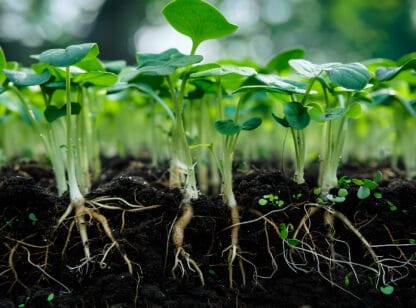



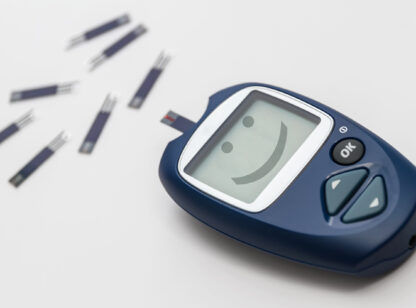


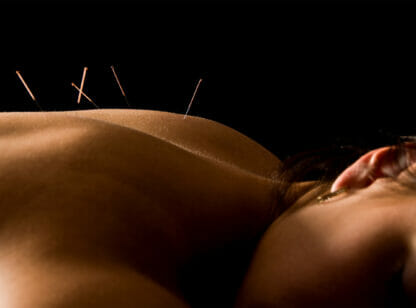
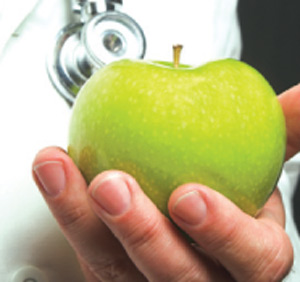

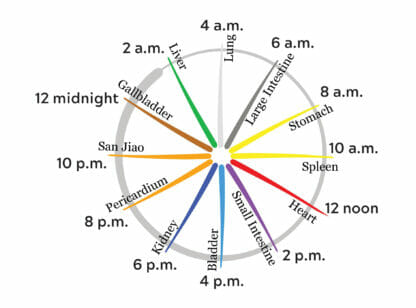



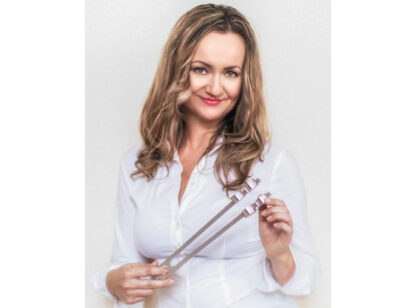


























Comments (0)